By Mohamed Maher- 4 minutes read With Afghanistan entering a new period of economic and political insecurity, the country’s opium production is set to soar, say experts, meaning cheap heroin could flood the streets of European and American towns and cities, let alone crystal meth. The global trade in illicit Afghan opiates has become one
- By Mohamed Maher- 4 minutes read
With Afghanistan entering a new period of economic and political insecurity, the country’s opium production is set to soar, say experts, meaning cheap heroin could flood the streets of European and American towns and cities, let alone crystal meth.
The global trade in illicit Afghan opiates has become one of the world’s greatest transnational drug and crime threats, with severe consequences for health, governance and security at national, regional and international levels. Illicit Afghan opiates are trafficked to almost every continent in the world, with the exception of South America, and are trafficked along three broad routes: the Balkan route, the northern route and the southern route. Given the severity of the problem, UNODC and the international community have identified the analysis and monitoring of Afghan opiates as a priority.
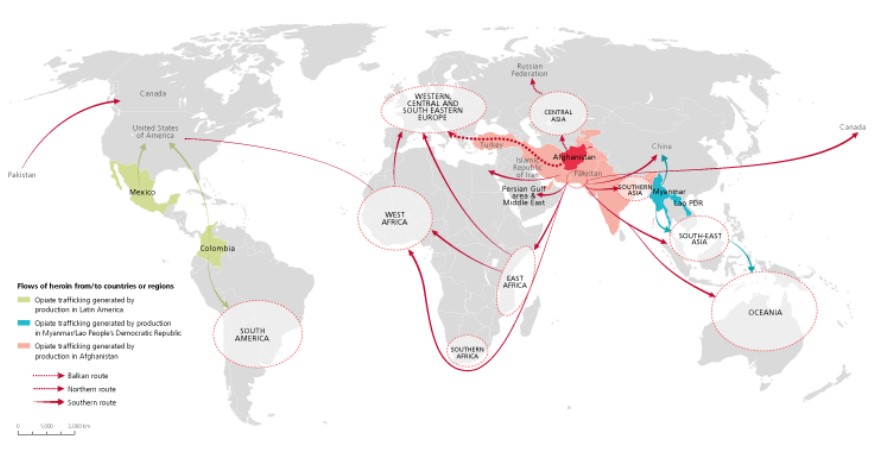
Figure 1: Afghani Opium and its products Routes
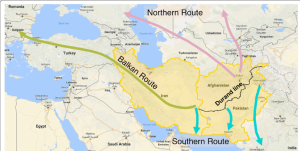
Figure 2: Main Route, Balkan Route to Europe
With many end products come from the Afghan opiate, the threat on Europe and North America is increasing significantly and on other regions around the globe too.
The opiate can be processed into Morphine and Heroin, such processes don’t need much equipment or advanced labs:


According to the UNODC Drugs Monitoring Platform Brief titled: “Possible impact of the COVID-19 pandemic on trafficking in opiates and methamphetamine originating in Afghanistan”, the ongoing COVID-19 pandemic has not stopped the Balkan route from maintaining its status as the principal trafficking route for Afghan opiates. Nor does it seem to have prevented the Caucasus branch of the route from serving as a possible transit corridor for trafficking opiates to European markets.

Despite short-term fluctuations, perhaps resulting from waves of COVID-19-related restrictions in some countries, the large heroin seizures made during 2020 in countries other than Afghanistan suggest that large-scale opiate trafficking has continued throughout the pandemic, possibly by means of larger shipments than before it began.
UNODC had published a report on this matter in May 2020 titled: 37 per cent increase in opium poppy cultivation in 2020, while researchers explore novel ways to collect data due to COVID-19
The total area under opium poppy cultivation in Afghanistan was approximately 224,000 hectares in 2020, which is an increase of 37 per cent or 61,000 hectares when compared to 2019, the executive summary of the Afghanistan Opium Survey 2020, states. At 224,000 hectares, the area under cultivation was one of the highest ever measured.
The Survey was jointly released by Afghanistan’s National Statistics and Information Authority (NSIA) and UNODC.
While the area under cultivation significantly increased in all main opium poppy-growing provinces, the South-western region remained country’s major opium producing region, accounting for 71 per cent of total opium production in Afghanistan.
The number of poppy-free provinces in the country decreased from 13 to 12 in 2020, with Kapisa Province in the north-east losing its poppy-free status.
From the collected data, the potential opium production was estimated at 6,300 tons.
Data collection during COVID-19 posed an unprecedent challenge to researchers. In-person field work was not possible during the current pandemic, which has led NSIA and UNODC to develop and use a new methodology to estimate yields based on satellite data.
The farm-gate value of opium production in 2020 was estimated at US$ 350 million, which is an important indicator for the overall income of farmers from opium cultivation. With US$ 55 per kilogram, farm-gate prices were at their lowest level since beginning of the monitoring, indicating that the economic situation for poverty- stricken opium farmers might soon become even worse.
Multiple factors drive opium poppy cultivation in Afghanistan, such as political instability, scarce employment opportunities, lack of quality education and limited access to markets.
Opium poppy cultivation is not a local problem. Converted into heroin it is not only consumed in Afghanistan and surrounding countries, but also in Europe which is the main destination for heroin produced in Afghanistan.
These information are key for planning, implementing, and monitoring global counter-narcotic efforts.
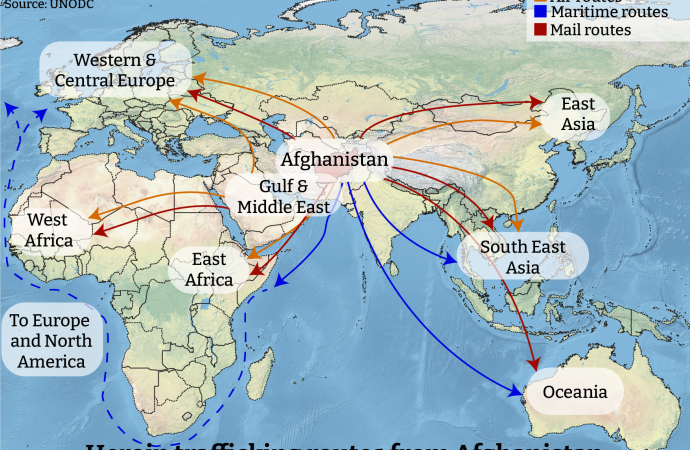

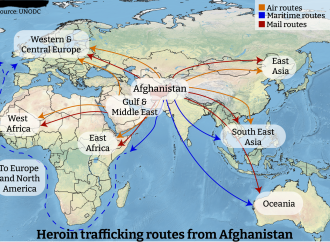

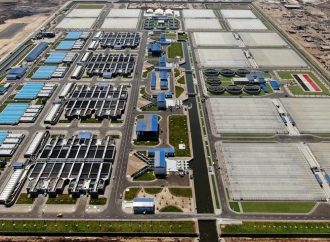




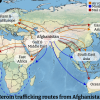






Leave a Comment
Your email address will not be published. Required fields are marked with *